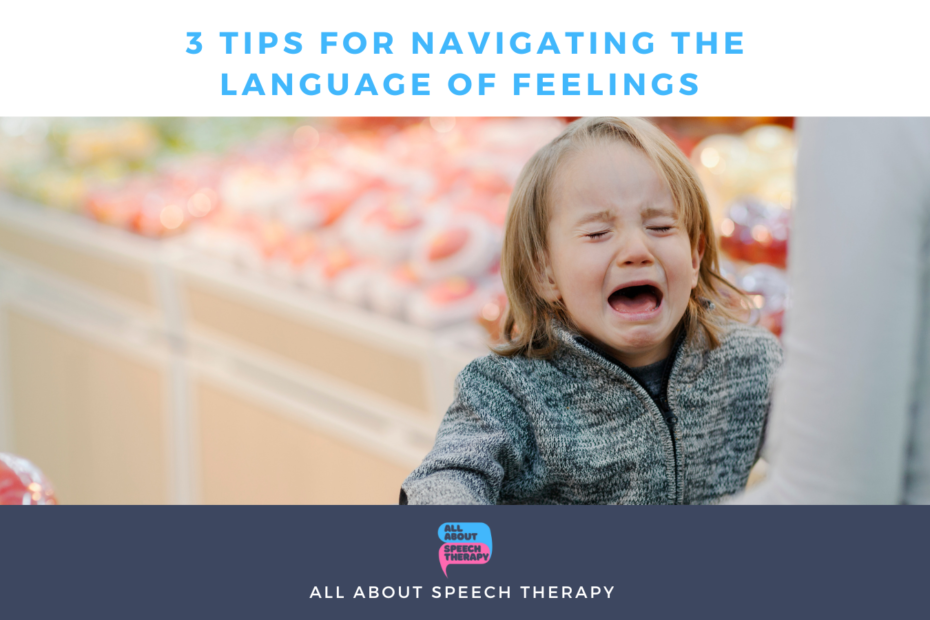Feelings. We all have them, but when it comes to children with speech, language and communication needs, it can be incredibly hard to make sense of them. It’s an area that often comes up as a goal in conversations with parents or teachers, but how can we go about helping children to understand and express their feelings with others? I worked with Hattie in her classroom to work out different ways that might help.
Here’s how it went…
Tip 1 – Set the Scene for Conversations
Before we began to introduce anything related to language we identified all the things that were important to the children, so that they could feel as calm and regulated as possible. For some this meant access to a drink and a snack; for others, it meant sitting back on a beanbag; for others, it meant having pencil and paper to doodle while sitting at a desk. When everyone was ready, that’s when we began to talk about feelings.
Tip 2 – Place Feelings into Context
Many times we had come across resources that consisted of simple photographs of people’s faces, and the task of matching faces to words such as ‘happy’ or ‘sad’. The children in Hattie’s class could complete these matching tasks with ease, but it didn’t seem to help them translate this into real-life situations. We began to explore feelings in context, using video to help the children see what happened leading up to an event and how feelings changed over time. We paused video clips to see how different people were feeling in different ways at the same time. Some of the children acted out the conversations too – it was fun to take on the role of their classmates as well as themselves!
Tip 3 – Take Your Time
The language of feelings comes in at Blank Level 3 for language development. This means that many children might have more success in building their earlier skills first. Recognsing that feelings and emotions are complex and don’t occur in isolation was important for Hattie and the team. They talked about and taught about feelings in every lesson. The children began to pick up on this language over time and we noticed them improve their ability to recognise and talk about how they were feeling as a result. We didn’t set targets or goals around feelings but we did ensure that the language of emotions was embedded throughout everything. We used the Zones of Regulation, which helped us to ‘hook’ our language onto something more visual and tangible.
Following these 3 tips helped us as adults to understand not just the children’s but also our own feelings and behaviours. All children in class made gains in this area, with some literally transformed, from very anxious to calm.
Supporting and empowering others to help children’s speech beyond the therapy room is something we love to do at All About Speech Therapy, through our online coaching and supervision, our books and the Autism Apraxia Toolkit Program.
You can learn more about how we link language to emotions and behaviour in our recorded workshop here.
